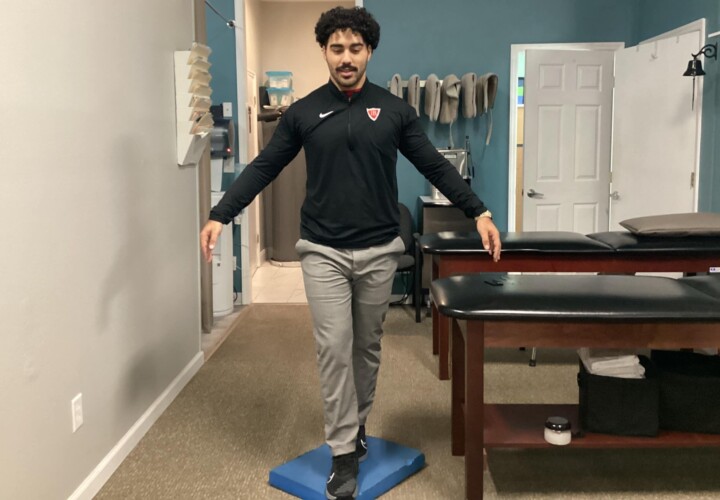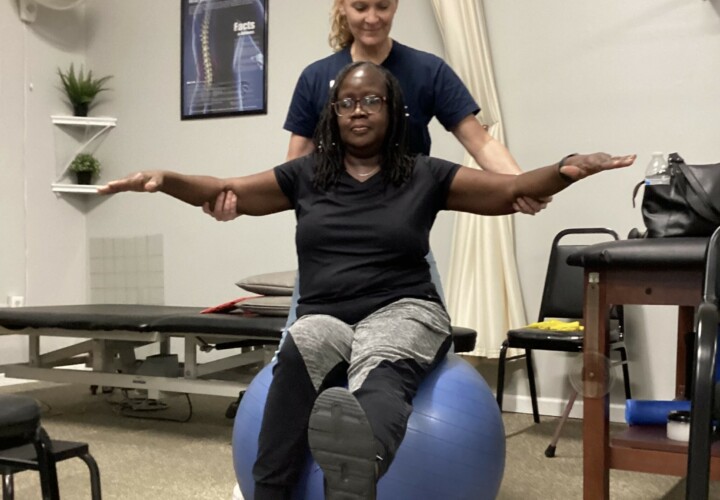The Principles of Neuroplasticity
The first question that probably comes to mind is, what the heck is neuroplasticity? Neuroplasticity is the idea that the brain can relearn once learned skills and pick up new ones.
The next question I am sure you have is how this all works. The human brain is plastic. This means that it is dynamically organized and is adaptable to change! Through both motor training (or exercise), as well as cognitive learning (such as recognition exercises), the brain can reorganize its connections.
There are Ten Principles of Neuroplasticity that are essential to this process:
Principle #1: “Use it or Lose it”
- Connections in the brain degrade over time if not engaged via performance of a certain task
- If you don’t utilize a skill, overtime you will lose it.
- Example #1: Muscle atrophy; muscles will breakdown with prolonged disuse.
- Example #2: If you don’t run for an extended period of time, you will be slower, and your endurance will decrease.
- Take away: Keep moving and stay active!
Principle #2: “Use it and Improve it”
- Training drives a specific function in the brain that allows for enhancement of that function.
- Practice makes perfect!
- Take away: The reason why we progress patients is because you get stronger and your range of motion increases as you progress through your plan of care.
Principle #3: “Specificity Matters”
- You must tailor the activity to the result that is trying to be obtained.
- Example: If a patient wants to improve their balance and walking, we will work on gait training and balance activities to achieve that goal.
- Take away: To get better at something, you must do it!
Principle #4: “Repetition Matters”
- Plasticity requires lots and lots of repetition
- Consistency is key!
- Take away: This is why it is so important to attend all scheduled appointments.
Principle #5: “Intensity Matters”
- We have to push past our comfort zones to achieve permanent results.
- Example: We must stretch into the zone of discomfort to achieve a long-lasting improved range of motion.
- Take away: The reason why we work you through those painful range of motions is to obtain permanent changes.
Principle #6: “Time Matters”
- Our brain wants to recover initially following an injury.
- The longer we wait, the less chances of a full recovery!
- Example: If you do not start physical therapy shortly after a total knee replacement, you might never achieve the full range of motion of that knee.
- Take away: Don’t wait to start physical therapy!
Principle #7: “Salience Matters”
- Plasticity requires interventions to be meaningful.
- Always remember what it is you are working towards and remind yourself that it is all worth it!
- Take away: Remember why you are here!
Principle #8: “Age Matters”
- Plasticity can occur at any age but does tend to occur more readily in younger individuals.
- Example: It is easier to learn to ride a bike as a child than it is to relearn to ride a bike as an adult.
- Take away: You are never too old to relearn an old skill or learn a new one!
Principle #9: “Transference” (Generalization)
- One experience can transfer over to more generalized experiences.
- Skills learned in PT can be utilized in the real world.
- Example: Performing step-ups or obstacle courses in PT can translate to activities, such as stepping up onto a curb in the parking lot at a grocery store or walking over a rug or object in your home.
- Take away: There is a method to our madness!
Principle #10: Interference
- Plasticity can occur during improper performance of an activity.
- When we practice the incorrect form for a skill, it can lead to having to relearn the proper way to perform it.
- Take away: This is why we correct compensations and emphasize proper form.
So yes, you can teach an old dog new tricks!



